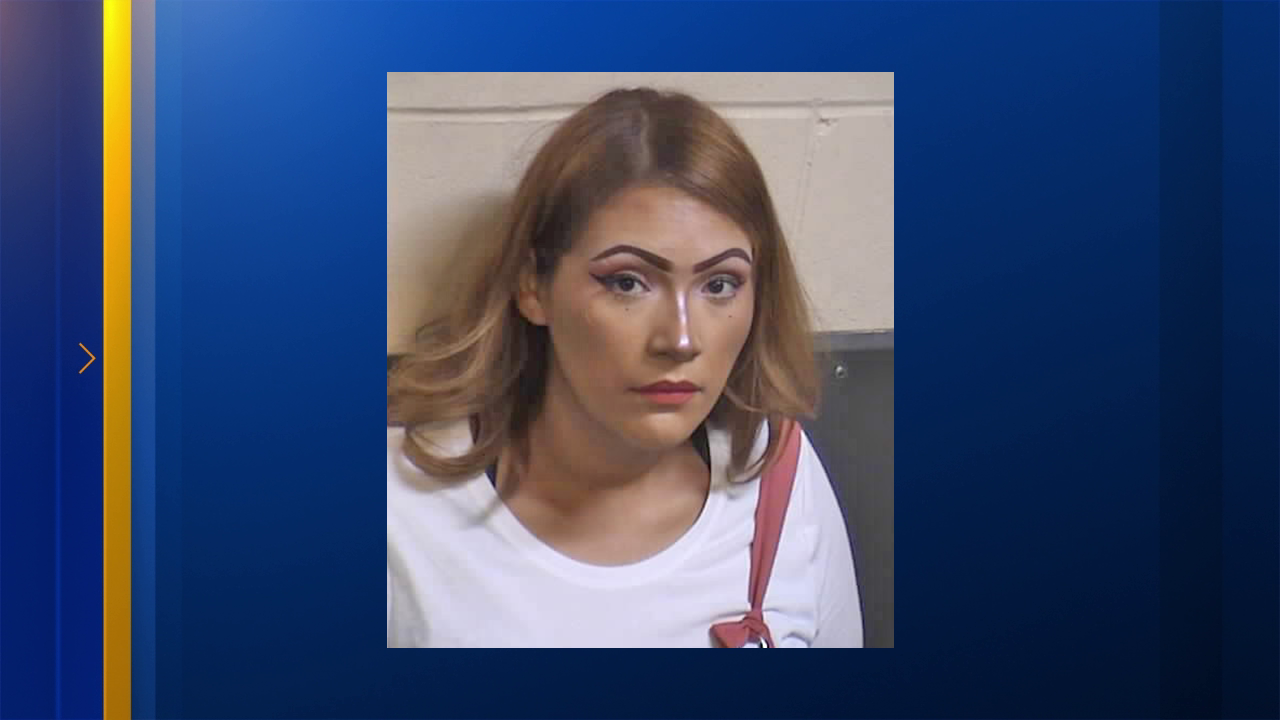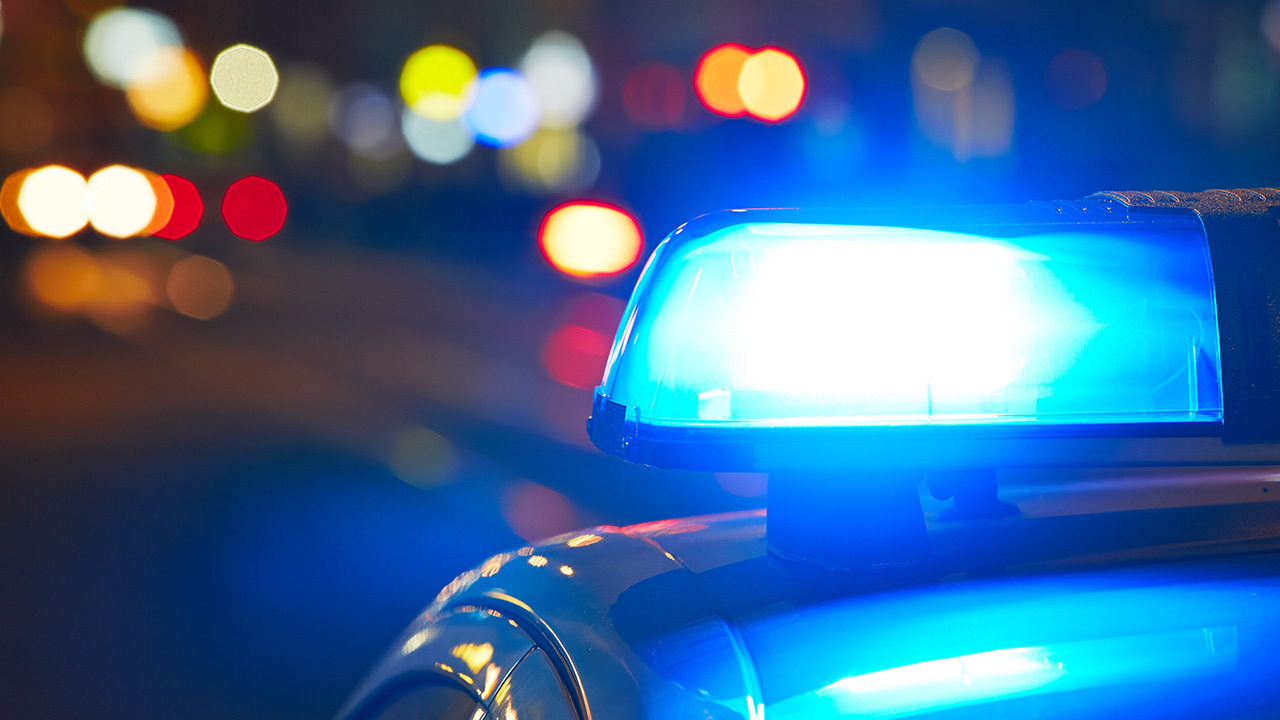Sandy Hook survivors share memories, plans for the future ahead of high school graduation
First-grade survivors of Sandy Hook speak with "GMA"'s George Stephanopoulos.

Twelve years ago, the lives of students in the first-grade classrooms of Sandy Hook Elementary School were forever changed when a gunman opened fire, killing 20 of their classmates and six of their teachers and administrators.
This week, the young students who survived the mass shooting in Newtown, Connecticut, -- one of the deadliest school shootings in American history -- will graduate from high school. "Good Morning America" co-anchor George Stephanopoulos spoke with six of the students.
Henry Terifay was 7 years old when he fled his classroom after hearing gunshots.
When he walks onstage to receive his high school diploma, he'll have with him a constant reminder of what happened in his classroom on Dec. 14, 2012.
"I have my friend's name tattooed on my shoulder so he stays with me every day," Terifay, now 18, told Stephanopoulos, adding of all his classmates who were killed, "I just try and remember them every day."
Emma Ehrens, now 17, was 6 years old and reading a book with her classmates when the shooter, a 20-year-old who went onto kill himself, entered her classroom.
"I remember being at the front of the classroom, and he came in and stood right next to me. And I watched all my friends drop," Ehrens said. "One of the victims (who) did not make it, he told me and a couple other people to run, and we did. We ran out of the classroom, out of the school, and on the way we saw bodies in the hallways and doors blown off the hinges. And we just ran and ran and ran, out of the school, out of the parking lot."
For another graduating senior, Matt Holden, his memory of Dec. 14, as a 6-year-old centers on seeing his mom cry in a way she never has before or since.
"Once we finally got out of the school, I remember we were walking to the firehouse and my mom ran up to me crying, and I didn't know what happened at the time," he said. "I didn't understand the gravity of the whole thing, but I knew if my mom was crying, my mom was so, so scared that, you know, something horrible had happened. I'd never seen her like that before and I never have since. I hope I never do."
Ella Seaver, who was 7 at the time of the shooting, said that even as she prepares to graduate high school and begin a new chapter, it remains hard to talk about what happened in her first-grade classroom all those years ago.
"It's still, even over 10 years later, just so difficult to try and dig up those memories because of how traumatic and painful it is," Seaver said, adding that it does provide comfort to share memories with fellow survivors. "For me personally, when I get to talk to these five other people, it's comforting in a way, because you have this connection that's never gonna go away."
Seaver said her experience as a Sandy Hook survivor helped her decide the career she plans to pursue after college.
"I've basically known that I wanted to be a therapist since I was eight, which was really only a year after the shooting," Seaver said. "I have been in and out of therapy almost my whole life, especially after the shooting, and it's really just helped me cope and helped me learn about myself, so I want to try and pay that forward and help people who have gone through gun violence, or even people who haven't, who are just struggling in their daily life."
Others said they plan to pursue careers in politics and law.
Since the 2012 shooting at Sandy Hook, more than 1,600 school shootings have taken place in the United States, according to the K-12 School Shooting Database, an independent, nonpartisan research project.
"I really thought Sandy Hook would, you know, shock people and wake everybody up," said Terifay, adding that he is tired of hearing "I'm sorry" from people without any action. "But it just keeps happening over and over and over again."
Holden said that over one decade after a school shooting devastated his elementary school, things can feel "hopeless" as the number of school shootings continues to grow.
"The tragedy never ends," said Holden. "The friends, family who were lost that day, the smiling faces that should be filling the seats in your classroom, the parents who should be able to watch their kids graduate, get married, the kids will never be able to hug their parents again. It's never over."
Lilly Wasilnak, who was 6 at the time of the shooting, said the increase in school shootings since Sandy Hook make her worried for the safety of her own future kids.
"As unfortunate as it is, it's going to happen to someone else, and it's going to keep happening to someone else until people like us have to make the change," said Wasilnak, now 17. "We worry about one day when we'll have kids, and I don't want to send my kids to school in the way our world is."
On June 7, Wasilnak joined five of her fellow Sandy Hook survivors in traveling to Washington, D.C., to meet with Vice President Kamala Harris for National Gun Violence Prevention Day.
Just months earlier, in December, Wasilnak, Ehrens and a fellow classmate, Grace Fischer, had also been in D.C., to meet with legislators and attend the 10th Annual National Vigil for All Victims of Gun Violence.
"When I went there it was very eye-opening to me," Fischer said. "We sat down with senators, representatives and their staffers, and that opportunity of me being able to go to Congress and speak to these people in such high positions of power ... made me really want to fight for something that I wish to change."
The last major action from Congress on gun laws, the Bipartisan Safer Communities Act, came in June 2022, nearly one month after the Robb Elementary School massacre in Uvalde, Texas, that killed 19 students and two teachers.
Seaver said if she could see one change on gun reform it would be to establish "regulations on AR-style assault weapons."
"I think one of the hardest things is getting people to see eye-to-eye on it," Seaver said. "And I think that stops a lot of regulations and legislation, which unfortunately is costing more and more lives every day."










